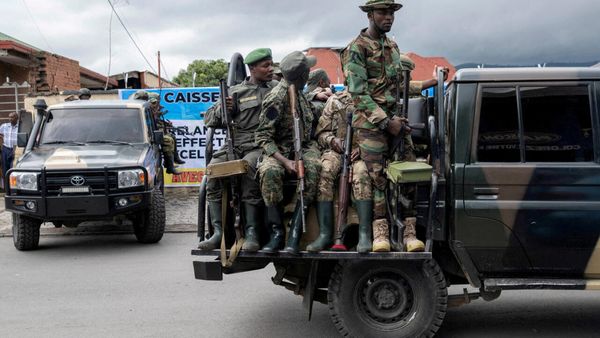
You may have heard the term quantified self. It’s a technology trend whereby you capture, store and analyze a range of data about your body. It could be vitals like heart rate, blood pressure and body temperature that are captured through a smart watch. Mobile apps like Strava for cycling and running would also fall into this category. I personally use a number of devices and apps to quantify my fitness activities, but I also qualify myself. For lack of a better term, I use this to describe the frequent and liberal use of point-of-view cameras, such as those pioneered by GoPro, to record the quality of my lifestyle in vivid detail.

Since about 2013, I’ve been using GoPro cameras to capture mountain biking, skiing, snowboarding, race car driving and so many family vacations. Given that storage costs are effectively zero, I tend to let the cameras run and capture a lot of footage. There are many terabytes of content sitting on external hard drives that may never get viewed. Then again, perhaps a technology will come along to automatically package it together into something entertaining and easily consumable. As a devotee of the qualified self, I’ve used nearly every GoPro camera and device since the Hero 3. This includes the highly mountable Session camera; the drone (RIP) with the Karma Grip gimbal stabilizer and the Hero 5 Black camera; and the Fusion 360 VR camera, which was used in my story about riding in the Rally Cycling team car for the Tour of Utah. I’m a big fan of the reverse selfie stick for snowboarding on powder days, and my preferred mountain biking rig is the venerably “chesty” mount. That’s what I primarily used to test the new-for-2018 Hero 7 Black ($399.99)

This video is shot using the Hero 5 Black in 4K SuperView at 24 frames per second. The terrain Utah’s Wasatch Crest Trail, which drops about 3,000 vertical feet into Park City:
This video is shot using the new Hero 7 Black in 4K SuperView at 24 frames per second with the new Hypersmooth video stabilization. The terrain is Mojave and CMG Trails at Park City Mountain Resort, which are mostly downhill only:
It should also be noted that I’m on the same bike: The Wreckoning by Evil Bikes with 161mm of rear travel and the Fox 36 Factory fork with 160mm of travel. I mention this because the Hero 7′s killer feature is stability control, which is impacted by a bike’s suspension…or lack thereof. These videos were shot one week apart.
The stability difference is dramatic and immediately noticeable. It gives the video a more realistic feel because our mind has the same feature when we’re actually riding. It makes you feel more like you’re riding and less like you’re watching someone else’s camera POV. This also applies to the TimeWarp mode, which is an ultra-smooth time lapse shot moving through space. It makes long, slow movements, such as taking a chairlift or riding in a parade, look more engaging. These pre-Hero 7 time lapse shots also used to be shaky. The Hero 7 has the same form factor as the 5 and 6 before it, so it will work with the Karma Grip and the discontinued drone. But the new stability control functions much like a gimbal, which largely antiquates the Karma Grip for the purpose of handheld shooting.
One feature I couldn’t get to work was Facebook Live streaming, whereby you can livestream to Facebook through the GoPro mobile app. When attempting to set it up, the camera would disconnect from the app or the app would just lock up. I tried re-pairing the camera, but that also didn’t work. After a few more rounds with support, I’m sure I will eventually figure it out. This isn’t surprising, as software has always been GoPro’s biggest weakness.
Nevertheless, if you shoot a lot of POV action, where you’ve always thought an expensive gimbal would give you a steadier shot, then the Hero 7 Black is the camera you need to enhance your qualified self.







